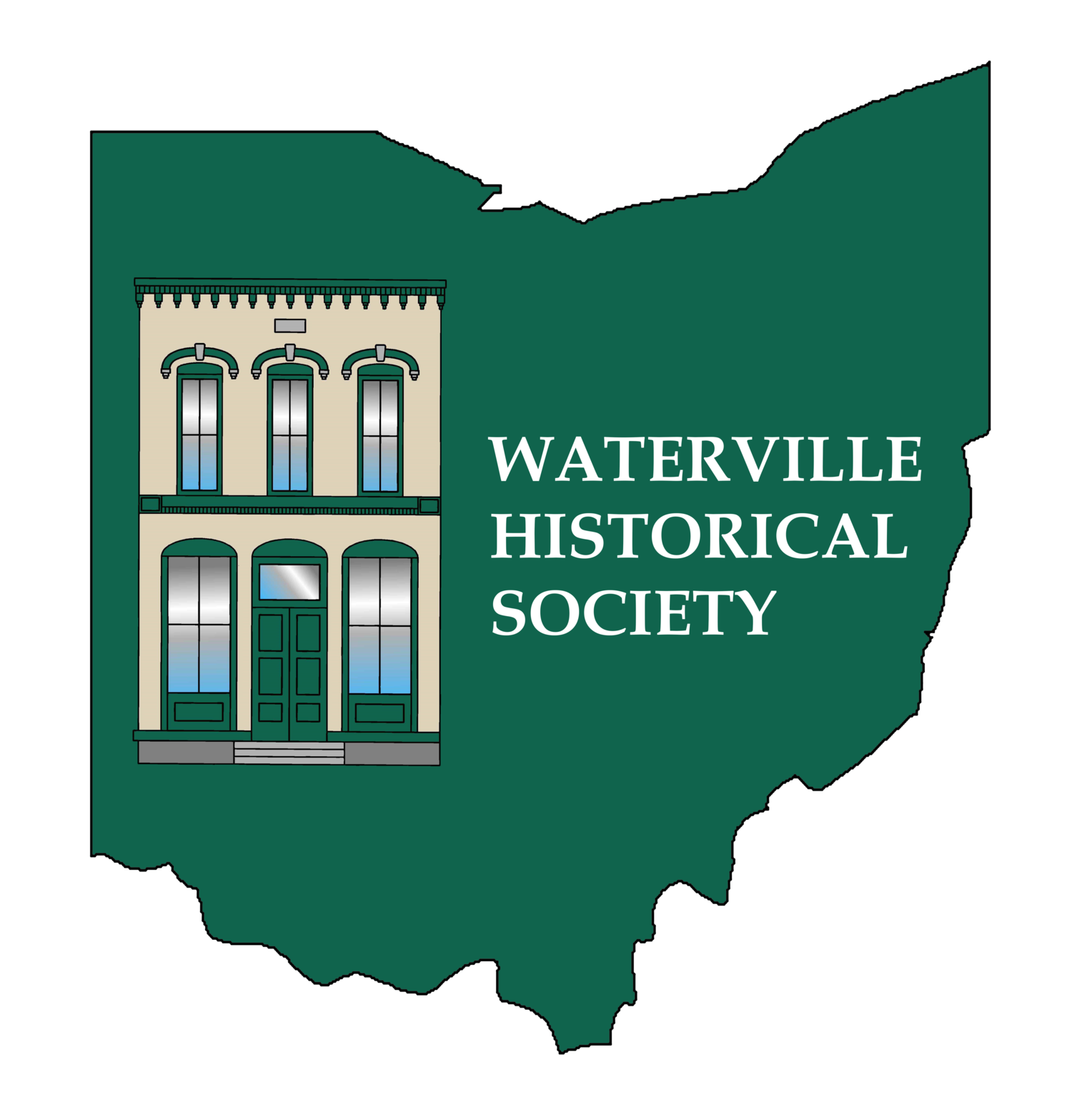A Little Bridge History
No, not the highway bridge. We are talking about the interurban bridge at Roche de Boeuf. Technological advances in the late 19th century showed that electricity could be used to run powerful electric motors which in turn could drive a vehicle without fuel, water and high pressure steam. It only needed to draw electricity from the overhead wire to run the motor, and so the electric railway industry was born. The electric cars could travel very fast along the rails from city to village to city, so we had rapid transit in the horse and buggy era. Many electric railway companies were formed by people hoping to cash in on this new technology and routes were surveyed, track laid and electric cars were designed and built. Stationary steam driven electric generating plants were established at strategic points along these routes.
The Lima-Toledo Traction Company was one of these companies, with plans to connect these two cities with many smaller communities along the route and to expand in time to Cincinnati. By 1907 the planned route reached the Maumee River at Waterville and a lengthy bridge was needed. The National Bridge Co. of Indianapolis, Indiana was chosen to build this bridge using another recent technology, concrete. The bridge was to be the longest re-enforced concrete railroad bridge in the world, some 1220 feet in length and of “Roman Aqueduct” design, with 12 graceful arches. The bridge was to cross the river at Roche de Boeuf, then owned by Clarence Dodd by riparian rights who deeded the traction company a right of way across his property. The citizens were told that the old landmark rock would not be harmed. Unfortunately they were lied to. The right of way crossed the rock and a portion of the east end was blasted away and used for bridge support. The people were outraged at the desecration of their famous landmark but the deed was done. They were left with a beautiful bridge and rapid transit to Toledo in 20 minutes and to other parts of Ohio. Waterville citizen and business benefited from the interurban line with trade to and from Toledo and other Ohio communities.
Today our beautiful bridge is a victim of age and neglect. The interurban railway was too soon replaced by more modern technology, the automobile. The bridge was last used as a temporary auto bridge in the 1940s after the highway bridge collapsed. Since then the earth filled concrete structure has succumbed to freeze-thaw damage causing the collapse of several spans that we see today. Historians and sentimentalists would like to see the bridge stabilized and remain in place. The Ohio Dept. of Transportation, owner of the bridge, sees it as a hazard and liability. The public will be asked to express opinions at a public meeting on November 20th from 5-7PM at the Waterville Primary School. We hope our readers will attend.


